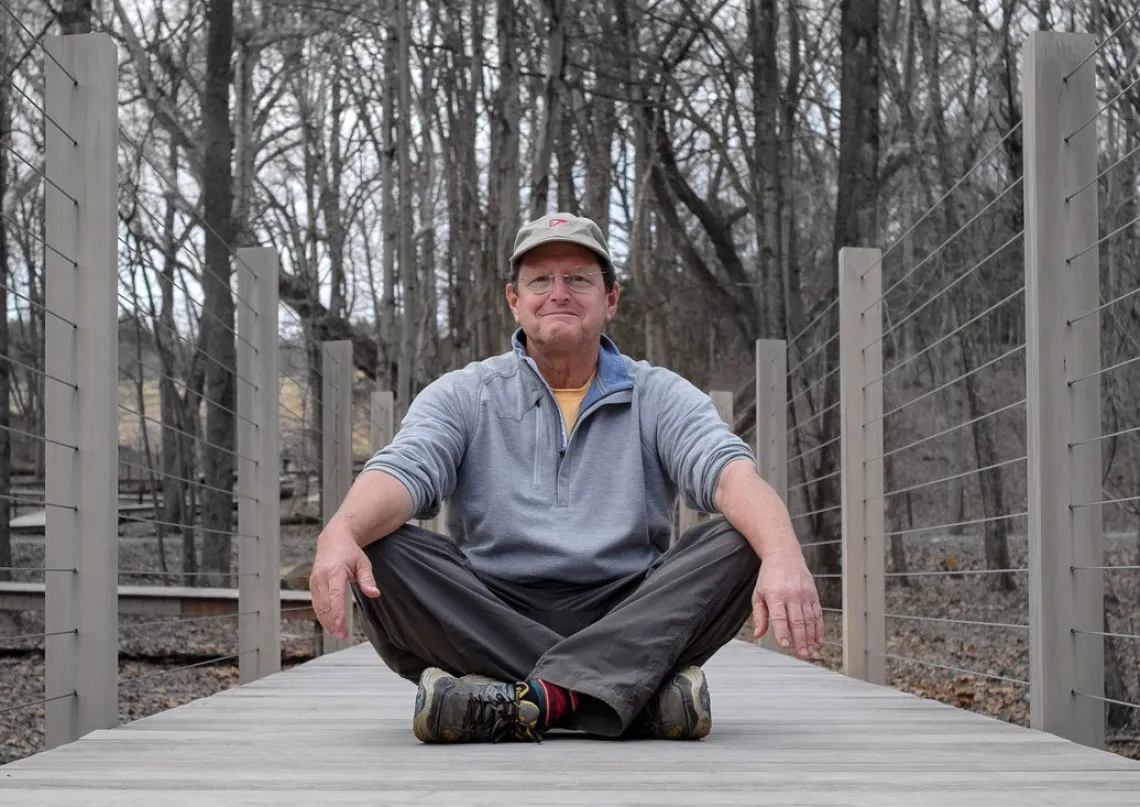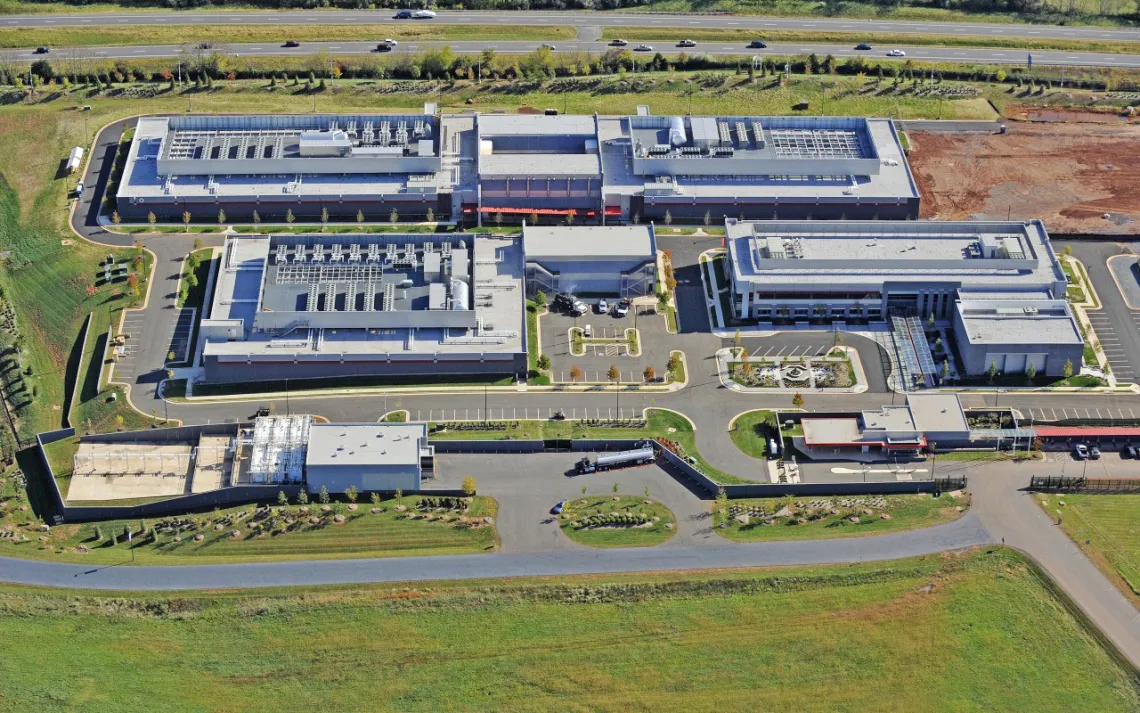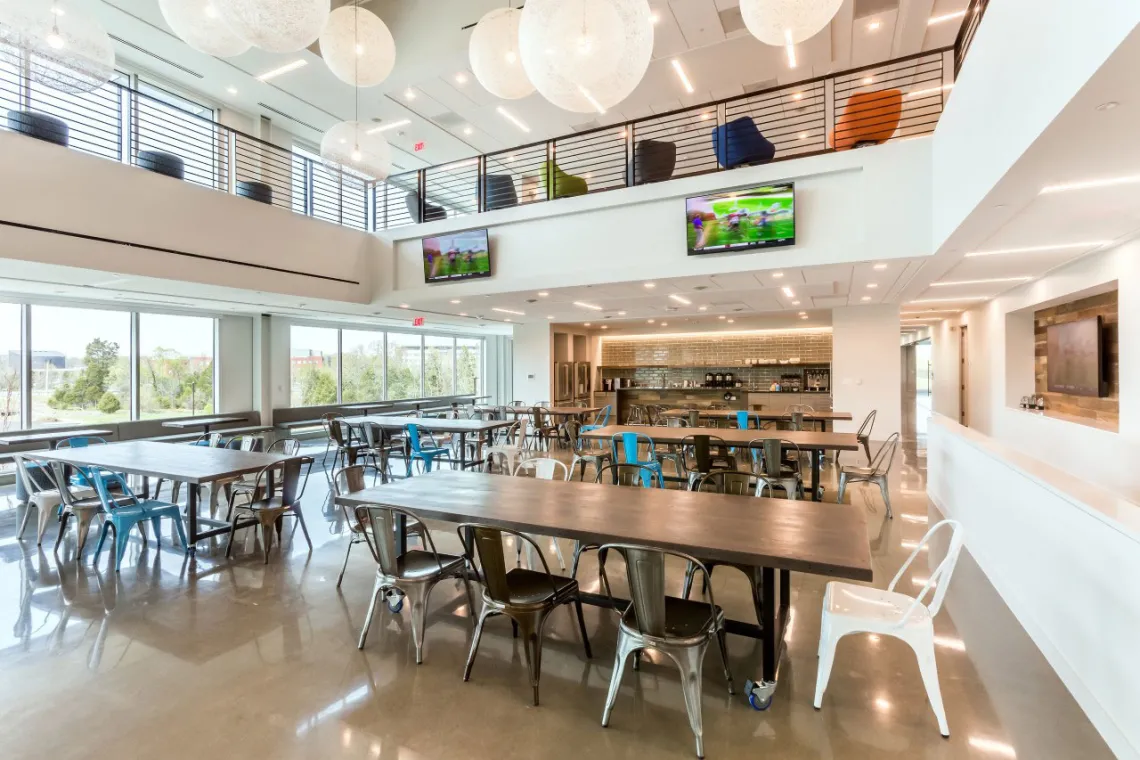Measuring Success and 'Paying It Backward': Mitchell Freedman ’80 B.Arch

Forty years after his graduation from the College of Architecture, Planning and Landscape Architecture’s undergraduate architecture program, Mitchell Freedman AIA ’80 B.Arch remains in touch with the two faculty members who most influenced him and his work: professors Bill Stamm and James Larson. “They were connected to the real world—both practicing architects as well as instructors,” he says. “They were important to a number of us.”
Those faculty members probably weren’t in the building when, in Freedman’s fourth-year studio, fellow students decided to play a prank on one of their own and relocate a student’s drawing board, stool and other materials to the roof of the Architecture Building. “Once there,” he recalls, “they were set up exactly as they’d been in studio. I was happy not to be a part of it—but also for being able to see it!”
Freedman didn’t reveal whether any similar pranks were undertaken at the company he founded, The M Group: Architects + Interior Architects, from which he’s now retired. But it’s clear that the ongoing success of his design firm, even after his retirement, means the world to him. And he credits his own success to how well his architecture degree from CAPLA has served him.
“Having been educated to think and see as an architect has shaped who I am—for better (often) or worse (not never),” he says. “I can’t even imagine not having gone to the University of Arizona.”
Still, The M Group is not his highest achievement. “Seeing my kids healthy and happy, connecting with my wonderful wife and seeing the firm I founded and built continue to prosper without me... these are my biggest successes,” he says. “And yes, in that order.”
Running his own firm for more than three decades taught Freedman much not only about design but also about human nature. The best advice he received early in his career was to be cognizant of people’s limitations. “I’ve expanded that over time to include being cognizant of material limitations, too,” he says. “Push where it makes sense to do so, but also be mindful that limits do exist.”
Likewise, he has long known the importance of keen focus, regardless of scale and influence. “Thoughtful attention to everything from area and city master planning on the macro scale, to the often under-appreciated building details on the micro scale is so important,” he says, “even when so much of what is built or not built is shaped and ultimately results from the bureaucracy behind it all.”
That recognition of scale—in this case, timescale—is one reason Freedman has decided to donate to the college. “I neglected to pay it forward,” he says of his time designing buildings and growing his firm. “So I’ve decided to pay it backward rather than not at all.”
Freedman’s experience since graduating from CAPLA in 1980 has been anything but backward. It’s no surprise that “from an early age and as long as I can remember” he wanted to be an architect. “I just liked the sound of it.” All this time later, he still does.
Gallery
Learn more about the work of Mitchell Freedman and The M Group:

Aerial view of a secure data center campus in Culpeper, Virginia. The M Group led all aspects of the design, from pre-purchase of the site through project completion about seven years later.

Recent legislation in Washington, DC has in some cases allowed for increased density on existing properties. This rendering depicts a penthouse office suite with significant exterior amenities on L Street NW.

BerkelyNet is an insurance company that retained The M Group to design its corporate offices in Prince William County, Virginia. Combined, their two floors contain about 50,000 square feet, including this south-facing dining and social space.

Conceiving details like this glass and aluminum support for a work counter is only the first step. Next, we have to team with craftsman who are not only interested in, but capable of executing the vision.



